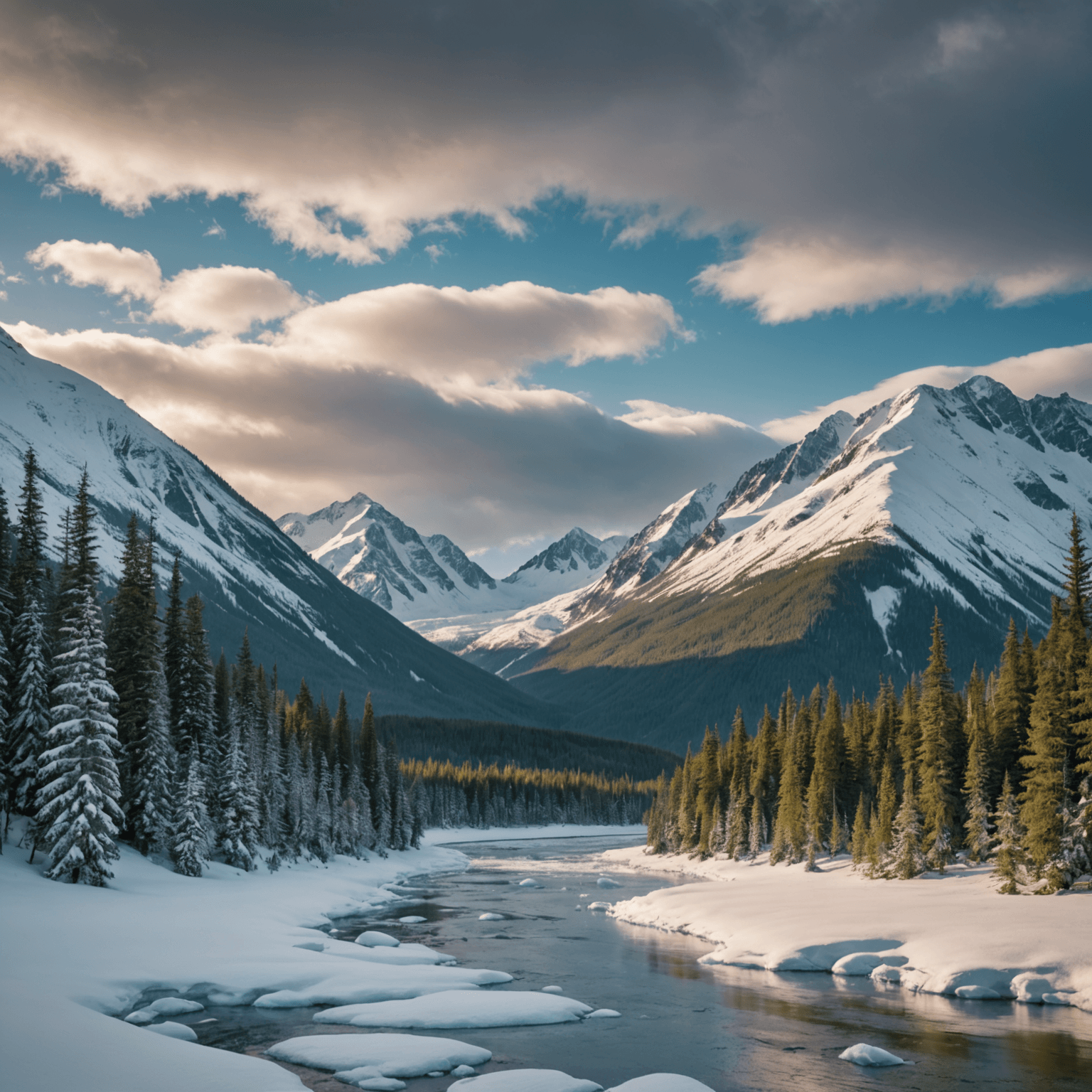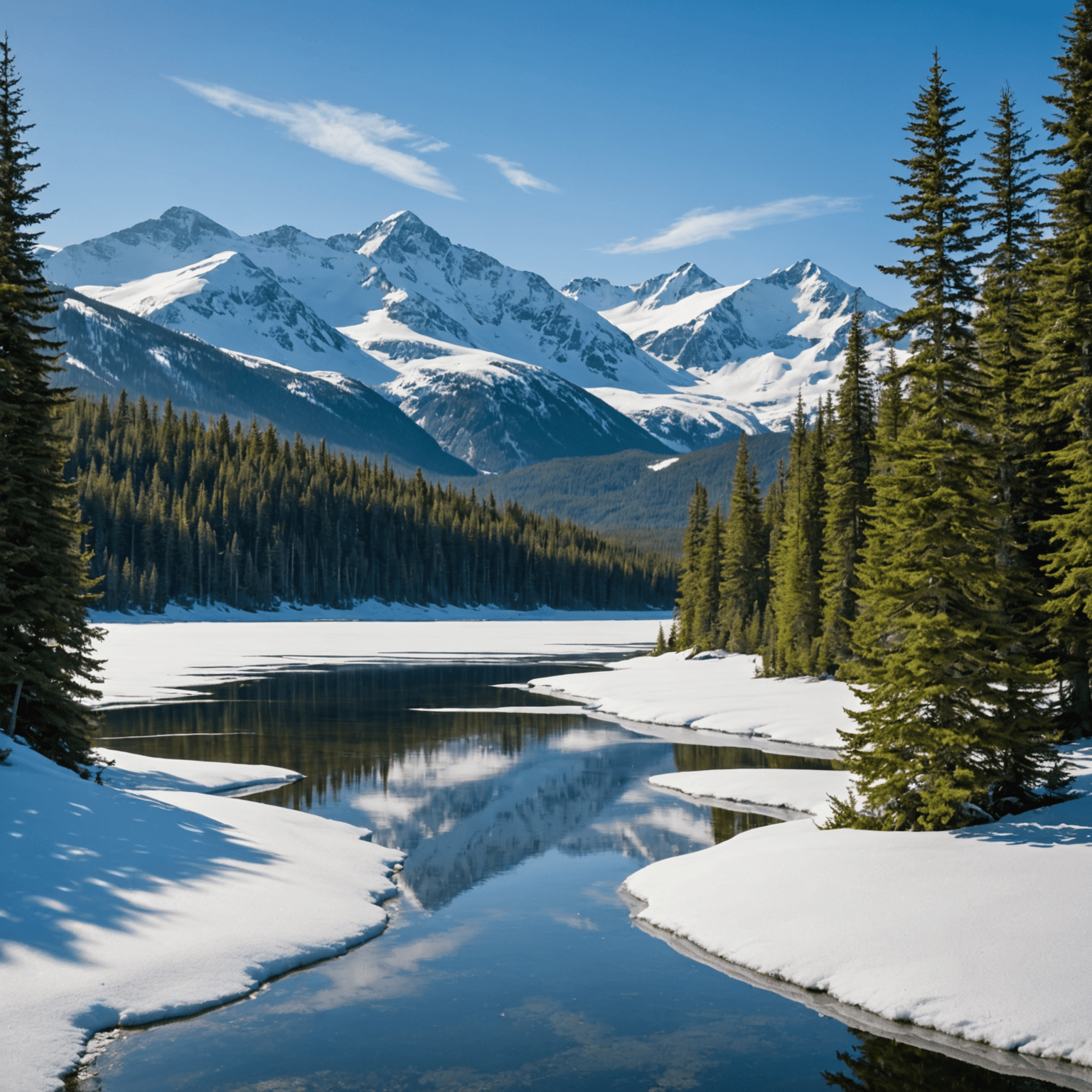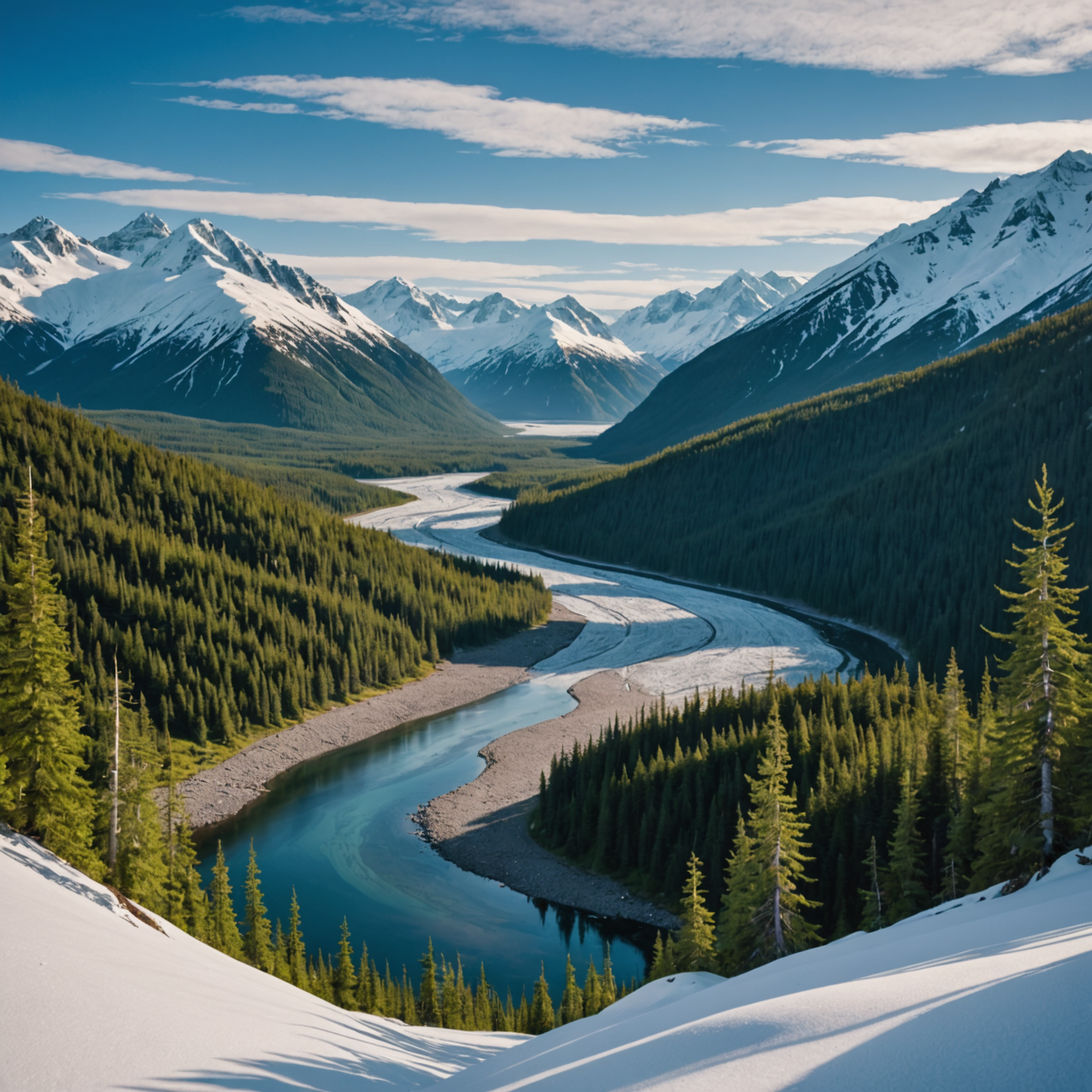Introduction
Dog sledding, a revered tradition in Alaska, conjures images of snow-covered landscapes and teams of dogs working in harmony to pull sleighs through the wilderness. This time-honored mode of transportation is not only a nod to the rich history of the region but also an exhilarating adventure for those who participate. When considering what makes the best dogs for dog sledding in Alaska, many factors come into play, including breed, temperament, and endurance. In this article, we’ll explore why the Alaskan Husky often reigns supreme and what makes them ideal for a sleigh pulled by dogs.
Understanding the Alaskan Husky
Breed Characteristics
The Alaskan Husky is not a purebred; rather, it is a category of dogs bred specifically for sledding. These dogs are known for their exceptional stamina, speed, and endurance, which are essential for the demanding task of pulling a sleigh across the rugged Alaskan terrain. Unlike other breeds, Alaskan Huskies are bred for performance rather than appearance, resulting in a wide variety of looks and sizes.
Temperament and Training
Alaskan Huskies are known for their intelligence and eagerness to learn, making them relatively easy to train for sledding. Their friendly and social nature means they work well in teams, a critical aspect of dog sledding. Proper training and socialization ensure that these dogs can work harmoniously with both their human handlers and fellow canine teammates.

Other Breeds Used in Dog Sledding
Siberian Huskies
The Siberian Husky, a cousin to the Alaskan Husky, is another popular choice for dog sledding. Known for their striking appearance and blue or multicolored eyes, Siberian Huskies are slightly smaller and more compact, which can be advantageous in certain sledding conditions. They are known for their friendly demeanor and endurance, though they may not match the speed of the Alaskan Husky.
Malamutes
Alaskan Malamutes are another breed employed in sledding, particularly for heavy hauling. These powerful dogs are capable of pulling large loads but typically do so at a slower pace than their Husky counterparts. Their strength and resilience make them ideal for long, arduous journeys where endurance is prioritized over speed.
The Importance of Dog Sledding in Alaskan Culture
Dog sledding is more than just a sport or activity; it is an integral part of Alaskan culture and history. The Iditarod, a famous sled dog race, commemorates the historic role of dog sledding in Alaska, particularly during the 1925 serum run to Nome, which saved a town from a diphtheria outbreak. For those interested in experiencing this tradition firsthand, companies like Snowhook Adventures offer dog sled rides and tours that allow participants to witness the skill and dedication of these incredible dogs.
Conditions and Preparation for Dog Sledding
Weather Considerations
The Alaskan climate presents unique challenges for dog sledding, with temperatures often plummeting well below freezing. Understanding current weather conditions is crucial to ensuring the safety and success of any sledding expedition. Reliable sources like the National Weather Service provide up-to-date forecasts and advisories for those planning outdoor activities in Alaska.
Physical and Mental Preparation
Both dogs and mushers must undergo rigorous training to prepare for the demands of dog sledding. Physical endurance, mental fortitude, and the ability to withstand cold temperatures are essential. For those new to the experience, participating in guided tours such as Alaska Winter Tours can provide a safe and structured introduction to the sport.

Conclusion
Dog sledding in Alaska is a thrilling and culturally rich experience that showcases the incredible capabilities of sled dogs, particularly the versatile Alaskan Husky. Their unique blend of speed, endurance, and temperament make them ideally suited for pulling sleighs across the challenging Alaskan landscape. Whether you’re a seasoned musher or a curious adventurer, understanding the roles different dog breeds play in sledding can enhance your appreciation of this fascinating tradition.
FAQ
What makes Alaskan Huskies the best for sledding?
Alaskan Huskies are bred specifically for sledding, offering unmatched speed, endurance, and a friendly temperament, making them the top choice for a sleigh pulled by dogs.
How do Siberian Huskies compare to Alaskan Huskies in sledding?
Siberian Huskies are known for their striking appearance and endurance. While they may not match the speed of Alaskan Huskies, they are still a popular choice for dog sledding.
Can Malamutes be used for dog sledding?
Yes, Alaskan Malamutes are excellent for heavy hauling due to their strength and resilience, though they typically pull at a slower pace than Huskies.
How important is training for sled dogs?
Training is crucial for sled dogs to ensure they can work effectively as a team and handle the demands of sledding. Proper training enhances their performance and safety.
What weather conditions are best for dog sledding?
Cold, snowy conditions are ideal for dog sledding. It’s important to monitor weather conditions to ensure safe sledding experiences.
Where can I experience dog sledding in Alaska?
Many companies, like Snowhook Adventures, offer dog sledding tours and rides, providing opportunities to experience this traditional activity.
Is dog sledding safe for beginners?
Yes, dog sledding can be safe for beginners when conducted with experienced guides and proper training, such as those offered in Alaska Spring Tours.
What is the Iditarod?
The Iditarod is a famous annual sled dog race in Alaska, celebrating the historic role of dog sledding in the region’s culture and showcasing the abilities of sled dogs.


